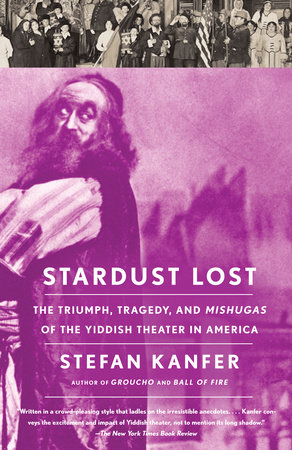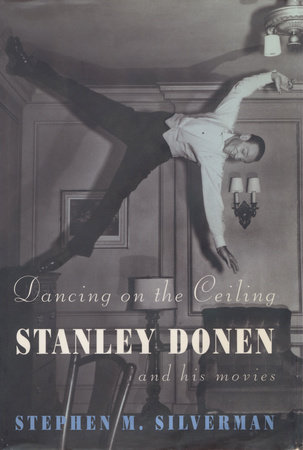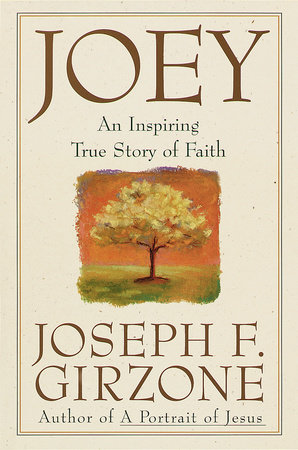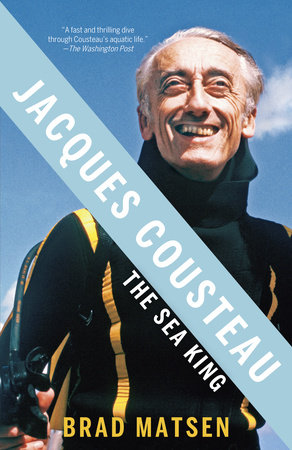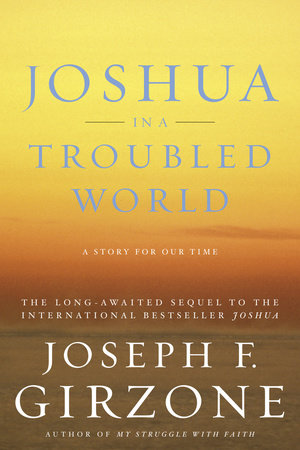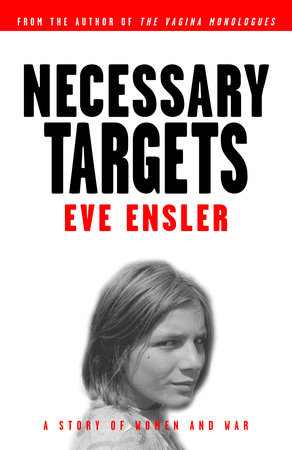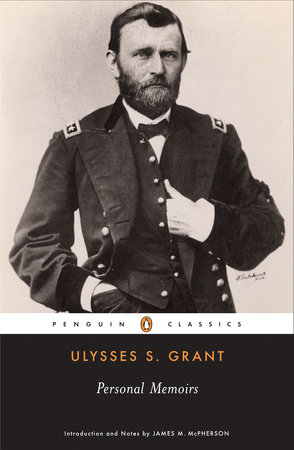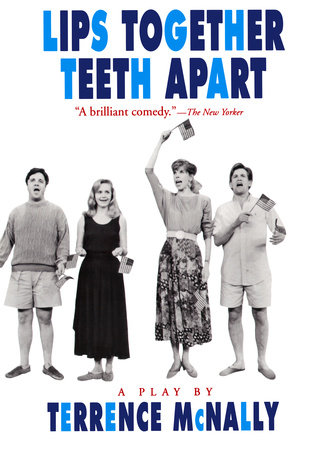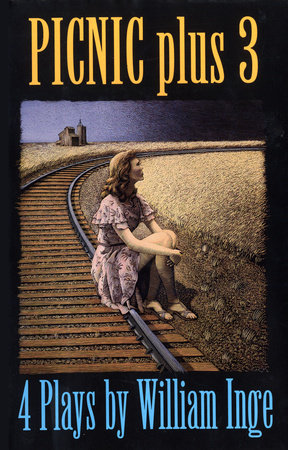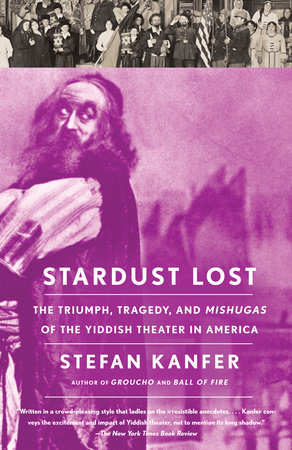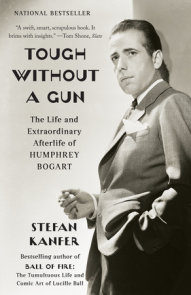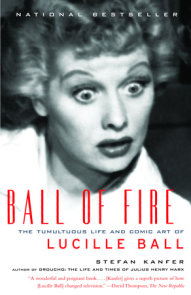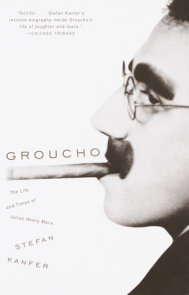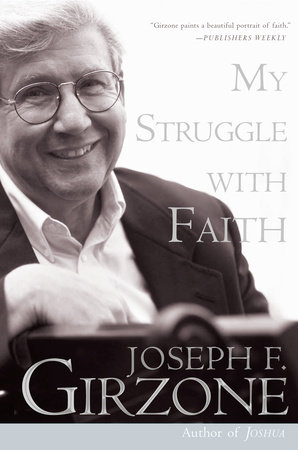Author Q&A
Q: What first drew you to writing about the Yiddish Theater?
A: My grandfather Oscar Librescu hailed from Jassy, Romania, where the Yiddish Theater began. His uncles produced many of those early works. Thanks to family connections, when he migrated to the U.S., he became friendly with many leading lights of the New York Yiddish Theater, including Jacob Adler and the reigning diva of her time, Bertha Kalisch. In fact, a picture of Ms. Kalisch hung in my grandfather’s study, where, on visits to his country place, I slept as a child. I remember it well, because she was in costume as the witch in Hansel and Gretel. I found the image so frightening that it had to be turned to the wall before I would enter the room. As the years went on, I grew more and more interested in this Theater, how it started, how it flourished, and how it disappeared.
Q: In your opening chapter you describe the four ingredients that explain the endurance of the Jewish people as literacy, adaptability, humor, and the Yiddish language. How has Yiddish helped the Jews to survive “millennia of savagery, persecutions, murders, and evictions?”
A: As a group of Jews were forced to keep moving through hostile or (if they were lucky) indifferent foreign lands, they had the Hebrew Bible to keep their worship intact, but they also needed another language for everyday use. This was Yiddish, a tongue that picked up various phrases and idioms from every country in which Jews settled or traversed, but which had its own saline attitude. It also had a unique, trenchant quality reflected in its proverbs, for example: “Sleep faster, we need the pillows.”
Q: You go on to say that “for almost five thousand years the Jews needed no theater to relate their story.” What changed? Why did the outlet of theatrical performance become necessary?
A: “For almost five thousand years the Jews needed no theater to relate their story.” Then came the Enlightenment that swept Europe in the 18th and 19th centuries. Suddenly Jews were allowed to attend theatrical productions (formerly these had been forbidden as “frivolous” by the Orthodox rabbis.) The dramatic Jewish Experience could be represented on stage—and was in productions written by gentiles, such as in Shakespeare’s The Merchant of Venice. But after the establishment of the Yiddish Theater, Jews could tell their own story. And not only Biblical ones. Early in the 20th century Jacob Adler, the greatest Yiddish star, became the first Jew to play Shylock. The performance was so powerful a major producer brought it uptown, where Adler played his part in Yiddish, while every other Broadway actor spoke Shakespearean English.
Q: Most of the original theater companies, playwrights, and directors of the Yiddish Theater came from Europe, settling in cities throughout America. What was it about New York that allowed the Yiddish Theater to thrive more so than it did anywhere else?
A: The Yiddish Theater thrived in New York—specifically on the Lower East Side—as nowhere else. In part, of course, this was because there were more Jews here than anywhere else, particularly after the exodus from Russia in late 19th and early 20th centuries. But it was also because the intellectual ferment of the city drew Jewish writers and performers anxious to do daring things onstage—Shakespeare and Tolstoy, for example, the great Yiddish host plays, The Golem and The Dybbuk, as well as the neo-realistic works of Jacob Gordin and Sholem Asch.
Q: How did the Yiddish Theater differ from the plays and musicals that appeared uptown on Broadway?
A: The Yiddish Theater differed from its uptown counterparts in many ways. It addressed local problems, for one thing—the difficulties of living in poverty, the prejudice of the Old World and the pressures of the New—if you assimilated, were you really a Jew? And if you were insular and spoke only with your own, didn’t you run the risk of creating an American counterpart to the Russian ghetto? In addition, the early audiences were nowhere near as sophisticated as the Broadway attendees, and playwrights and actors had to bear this in mind. There was actually a Yiddish production of Hamlet that so pleased the onlookers that they cried, “Author! Author!” at the curtain, expecting the Bard to take a bow.
Q: Despite the popularity of these productions on the Lower East Side, the pioneers of the Yiddish Theater—Abraham Goldfaden, Boris Thomashefsky, Jacob Adler—faced incredible obstacles to establish and to maintain their companies. What inspired them to keep producing plays in Yiddish?
A: Adler, Goldfaden, Thomashefsky and the other central figures of the Yiddish Theater were inspired partly by ego—they were self-taught and wanted to show the world that they could compete with superstars the world over. And partly by a need to educate and improve the lot of poor Jews who could attend performances at very low prices.
Q: As new generations of immigrants began to assimilate more and more into the New World, how did these goals change? Was there a struggle between the Yiddish Theater and mainstream entertainment when commercialization began to reach immigrant
neighborhoods?
A: As immigration ebbed, and assimilation began in earnest, during the early 1920’s, the Yiddish Theater had to change. Theater producers began to make Yiddish motion pictures in order to complete with Hollywood, and more and more musicals and operettas were performed in order to entice audiences back into the theater. It was a losing fight, but it took years before the last big Yiddish Theater folded around 1950. Only the Folksbiene, founded in 1915, endures.
Q: Many people assume that the Yiddish Theater as an art form existed only around the turn of the century, but in fact it has an incredibly long legacy. What are some of the influences that the Yiddish Theater continues to have on theater and film today?
A: The style and substance of the Yiddish Theater survives, even if the language is spoken by a small percentage of the acting community. The most influential acting teacher of her time was Stella Adler, the daughter of Jacob Adler. Her students included Robert DeNiro, Martin Sheen, Harry Belafonte, Elaine Stritch, Harvey Keitel and, first among equals, Marlon Brando. As he saw it: “If there wasn’t the Yiddish Theater, there wouldn’t have been Stella. And if there hadn’t been Stella, there wouldn’t have been all those actors who studied with her and changed the face of theater-and not only acting, but directing and writing.”
Q: Perhaps one of the most well known stories to make the leap from the Yiddish Theater to mainstream Broadway is that of Tevye the milkman, featured in the musical Fiddler on the Roof. Do you think that Tevye’s creator would have approved of this adaptation?
A: Over the years Fiddler on the Roof has received a lot of criticism for being too commercial, for sliding too gently over the Russian oppressions, for making the shtetl—the Jewish village—too romantic. But the fact is that Tevye’s creator, Sholem Aleichem, never had a success in the Yiddish Theater, and neither did his adaptors. It was not until 1964 that Joseph Stein, who wrote the book for Fiddler, found a way to make the characters live onstage.
Q: In your last two books, Ball of Fire and Groucho, you showed yourself as an incredibly adept biographer. Was it a difficult to make the switch to writing about a host of different characters, or did you find it liberating? And what will your next project be?
A: Although my last two books were biographies, I have written many social histories, including A Summer World, a history of the Catskill resorts, and The Last Empire, the story of the De Beers diamond cartel and the founding of South Africa. It was enjoyable to return to a panorama rather than a single story—though, having had a good deal of pleasure writing about individual showfolk, I am returning to biography in my new book, a study of the art and life of Marlon Brando, with particular attention to his long war with theater, film studios and himself.
